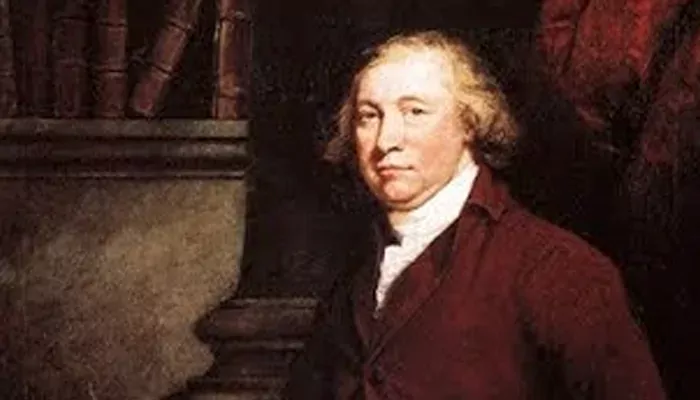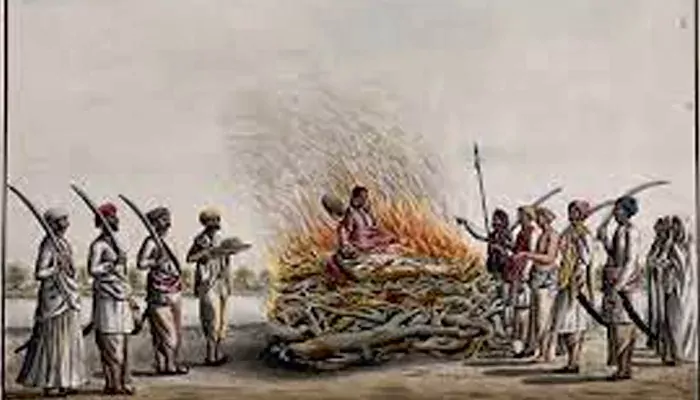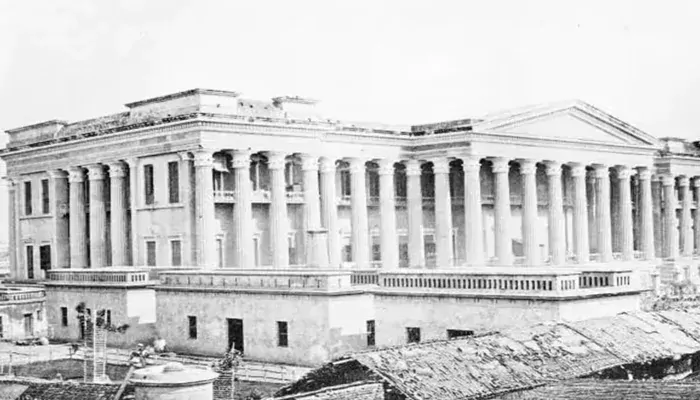
He governed with reason, reformed with empathy, and left behind a legacy of laws and learning that shaped modern India
When Lord William Bentinck arrived in India in 1828 as the Governor-General, he inherited an empire entangled in deeply rooted customs and complex colonial issues. But unlike many of his predecessors, Bentinck didn’t seek to merely administer. He envisioned change. Guided by Enlightenment ideals and the utilitarian principles of Jeremy Bentham, he believed governance must serve the greater good. That belief would lead to two of the most defining reforms in British India: the abolition of sati and the founding of the Calcutta Medical College.
Sati—the ritual immolation of a widow on her husband’s funeral pyre—was still practiced in pockets of India, particularly in Bengal. Though not universally followed, the act was defended by conservative Hindu factions as a sacred tradition. But opposition was growing. Reformers like Raja Ram Mohan Roy were vocally challenging the practice, calling it inhumane and incompatible with the moral progress India needed.

Bentinck listened. Drawing on reports from magistrates, missionaries, and Indian reformers, he concluded that state intervention was both justified and necessary. On December 4, 1829, he issued Regulation XVII, officially banning sati in Bengal. It declared the practice illegal and punishable as culpable homicide. This was no symbolic move. Bentinck ensured the law was enforced, and it was soon extended to other presidencies. The ban faced legal opposition, but was upheld by the Privy Council in 1832.
By outlawing sati, Bentinck aligned the colonial state with progressive Indian voices. He didn’t impose Western values unilaterally; he amplified those already calling for reform within India.

If the abolition of sati addressed India’s social conscience, Bentinck’s next move addressed its scientific future. At the time, Western medicine was not taught formally in India. Traditional practitioners dominated the field, and caste restrictions often limited the spread of modern anatomical knowledge.
Bentinck, along with surgeon John Grant and reform-minded civil servants, advocated for the establishment of a medical school that would provide scientific training to Indians. Thus, in 1835, the Calcutta Medical College was established. It was the first institution of its kind in Asia, offering English-language instruction in anatomy, surgery, and modern medicine.
Importantly, the college admitted Indian students from all backgrounds. The first dissection of a human cadaver by an Indian student, Pandit Madhusudan Gupta, marked a cultural shift. For many, it broke a centuries-old taboo—and it also demonstrated that science could coexist with tradition if introduced with respect and purpose.
Bentinck’s reforms extended beyond sati and science. He promoted English as the medium of instruction in higher education, endorsing Macaulay’s 1835 Minute on Education. He also restructured the judicial system, made entry to civil services more accessible to Indians, and streamlined administrative costs.
He was not without criticism. Some accused him of pushing Westernization too quickly. But even his critics could not deny his emphasis on justice, efficiency, and human dignity.
Lord William Bentinck left India in 1835. He returned to England quietly and passed away just four years later. Yet, his work in India endures. The abolition of sati saved countless lives. The medical college he established became a model for institutions across the country. And his approach—working with Indian thinkers rather than over them—set a tone for future reforms.
In a colonial world often marked by coercion, Bentinck stood out. He governed not with arrogance, but with empathy. And in doing so, he helped plant the seeds of modern India.